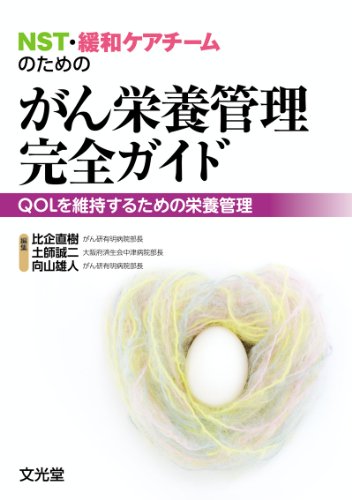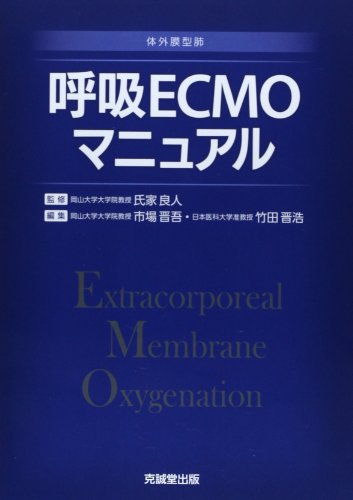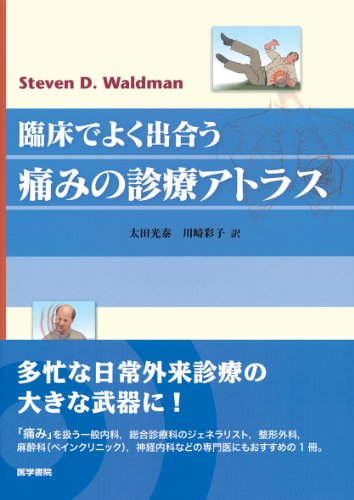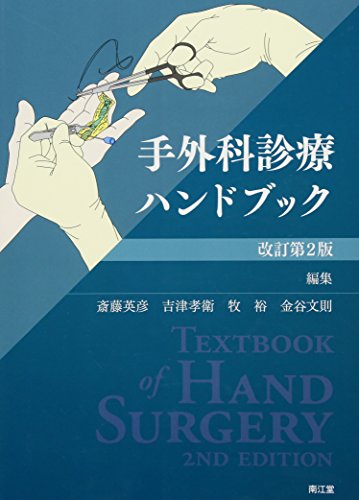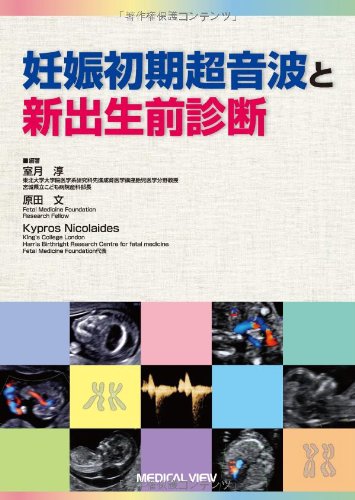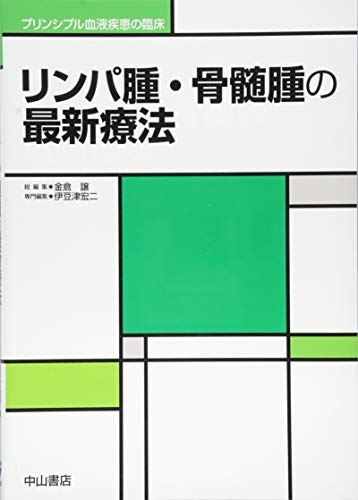1 0 0 0 OA 「パチョーリの代数学 : 手稿から刊本へ」 (数学史の研究)
- 著者
- 三浦 伸夫
- 出版者
- 京都大学数理解析研究所
- 雑誌
- 数理解析研究所講究録 (ISSN:18802818)
- 巻号頁・発行日
- vol.1787, pp.201-211, 2012-04
- 著者
- 三浦 伸夫
- 出版者
- 神戸大学
- 雑誌
- 国際文化学研究 : 神戸大学国際文化学部紀要 (ISSN:13405217)
- 巻号頁・発行日
- vol.28, pp.67-103, 2007-07
In the first half of the fourteenth-century Oxford many scholars developed the theory of motion in medieval cultural context. The most important figure among them is Richard Swineshead. His opus mains, "Book of Calculations", had a great influence into many scholars in Paris, especially Oresme. They discussed the spaces moved by mobile. For their discussion they used mathematical technique, summation of infinite geometrical series, by adding proportional parts infinitely. In the early sixteenth-century many Iberian students visited Paris to study theology under Scottish John Major, and learned also Aristotelian physics as students of faculty of arts. Some of them developed further the mathematical devices. The most conspicuous figure of this school, Alvaro Thomas, who was born in Lisbon probably during the second half of the fifteenth-century, wrote a voluminous treatise "Book of the Triple Motion" at Paris in 1509. This is a kind of sophism treatise popular in Oxford in the fourteenth-century and perhaps used as a textbook of logical reasoning at the faculty of arts. In this article, first, an overview of the contents of the book is presented and the mathematical techniques used there are discussed. This book elucidates the Mertonian theory of motion discussed in Swineshead's treatise, but went over that text, for he had focus upon pre-infinitesimal calculation. Secondly, novelties introduced by Thomas are discussed, that is the summation of infinite geometrical series of Oxford school. His impressive originality in the theory of series is that even if the exact numerical value was not known, he believed that he could evaluate it by estimations of upper and lower values which had been already known. He also calculated series by dividing it into two series which were easily calculated. However it is reasonable to think that he might use geometry in working his mathematics even if his description was rhetorical. He did not show general rules for solving series. And he usually did not use geometrical figures. His intuitive technique appeared in the later Iberian scholars and had an influence even upon Latin America.
1 0 0 0 OA ロジャー・ベーコンにおける宗教と科学
- 著者
- 降旗 芳彦
- 出版者
- 実践女子大学
- 雑誌
- 実践女子大学文学部紀要 (ISSN:02868466)
- 巻号頁・発行日
- vol.55, pp.26-42, 2013-03-12
1 0 0 0 OA デカルト哲学の教育的含意 : 学習論の世俗化の一局面
- 著者
- 相馬 伸一
- 出版者
- 広島修道大学
- 雑誌
- 広島修大論集. 人文編 (ISSN:03875873)
- 巻号頁・発行日
- vol.41, no.2, pp.177-244, 2001-02-28
The purpose of this thesis is to understand the educational implication of Descartes' philosophy. Due to the fact that Descartes criticized the humanistic education of the Jesuit college where he was educated, the educational aspect of his philosophy has not been enough considered. However, as far as the aim of his philosophy is to rightly guide the mind, it is directly connected with education. In order to understand Descartes' view of education, the interrelation between his texts and his practice has to be considered since he did not leave any specific writings concerning education. Indeed, various episodes within his lifetime such as his relationship with Isaac Beeckman and Bohemian Princess Elizabeth show his view of education. Whilst he took a pessimistic view of the external action of education such as instruction, he emphasized the innermotivated aspect of education such as self-instruction or learning. In his writings and letters, Descartes always stated that the purpose of his philosophical reflection was self-instruction (m'instruire moi-meme). It is not relevant that his self-instruction is often attributed to a sort of conformism. He thought that the learning aspect is much superior to the teaching aspect in education. In the history of education, seventeenth century Europe is regarded as the century of didactics. In this sense, Descartes' view of education is contrary to the historical trend of the age. However, the educational implication of his philosophy should not be overlooked. Through defining man as a subject who understands the world, he secularized the learning theory tradition since the medieval times.
1 0 0 0 OA アラビア数学における幾何学的発想の起源と展開 : クーヒーの幾何学的著作から
- 著者
- 三浦 伸夫
- 出版者
- 神戸大学
- 雑誌
- 国際文化学研究 : 神戸大学国際文化学部紀要 (ISSN:13405217)
- 巻号頁・発行日
- vol.25, pp.65-106, 2006-01
Arabic Mathematics has been characterized as algebra. Compared with this, Arabic geometry had not influence on the later mathematics, and has not been studied so much. However without this geometry, no solution of cubic equations has not completed in Arabic mathematics. We sketch here the synopsis of the geometrical works of Abu Sahl al-Quhl (second half of the tenth century), "one of the most eminent mathematicians in Iraq", and investigate the origin and development of his geometrical ideas. Thirty three mathematical works are attributed to him, and almost of them are geometrical. His ideas were from Archimedes, Euclid and Apollonius. The opus magnum of the last one is indispensable for al-Quhl's works, and in the field of conic sections he contributed much. He completed the lacuna of the Greek mathematics, and developed it further. For showing this aspect four treatises are presented with partial translations. "On Tangent Circles" investigated Apollonian circle problems further, and "On the Trisection of Angle" solved the famous problem by Apollonian conic sections. "On the Motion" was a unique treatise in Arabic mathematics, for it dealt with infinity which had been avoided in Greek mathematics. "On the Perfect Compass (an instrument to draw conies by continuous moving)" gave an idea on the new classification of curves, which anticipates the seventeenth-century European mathematics. The problems and method which he used seems to be analytical and purely Greek, and he might be called as the last Greek-style mathematician. The atmosphere where he studied shows that Arabic science developed under a kind of patronage, and the manuscripts containing his treatises shows that Greek geometry was well established at his times. In conclusion, geometry flourished in Arabic world of the tenth century, and its results were over the Greek ones, and might be compared to the early modern mathematics in Europe.
1 0 0 0 OA アントニオ・ジェノヴェージの七段階発展論(草野正裕教授退職記念号)
- 著者
- 奥田 敬
- 出版者
- 甲南大学
- 雑誌
- 甲南経済学論集 (ISSN:04524187)
- 巻号頁・発行日
- vol.54, no.3, pp.171-193, 2014-03
1 0 0 0 OA NAJOCK, Dietmar: Anonyma De Musica Scripta Bellermanniana., Pp. xxvi+38, Teubner, Leipzig, 1975.
- 著者
- 原 正幸
- 出版者
- 日本西洋古典学会
- 雑誌
- 西洋古典學研究 (ISSN:04479114)
- 巻号頁・発行日
- vol.26, pp.145-147, 1978-03-23
1 0 0 0 OA 〓康の『聲無哀樂論』 : その論理的展開を巡って
- 著者
- 原 正幸
- 出版者
- 美学会
- 雑誌
- 美學 (ISSN:05200962)
- 巻号頁・発行日
- vol.41, no.4, pp.11-21, 1991-03-31
<<Sheng-wu-aile-lun>> is one of the most important musical writings in the history of Chinese music aesthetics. It overcame the difficulties of the Confucian view of music and established a new perspective, through an elaborated logical development. This is based on the six following theses : (i) <<mind and sound are two different things>> ; (ii) <<music has no constant correspondence with specific emotions>> ; (iii) <<music imitates nothing>> ; (iv) <<music has its own intrinsic harmonia (he)>> ; (v) <<the essence of music is to be found in a balance of emotions, or rather, the absence of emotional bias (pinghe)>> ; (vi) but at the level of its interaction with society, <<it is mind, as not bound to specific emotions, that is essential to music>>. Finally, the text prescribes the ideal way of music as a means to suggest the ideal state of mind for the purpose of cultivating life (yangsheng).
1 0 0 0 OA 〓康の《聲無哀樂論》 : その論理的展開を巡って(美学会第四十一回全国大会報告)
- 著者
- 原 正幸
- 出版者
- 美学会
- 雑誌
- 美學 (ISSN:05200962)
- 巻号頁・発行日
- vol.41, no.3, 1990-12-31
1 0 0 0 OA トマト果実におけるショ糖含有形質の遺伝子マー力ー利用による遺伝子解析
- 著者
- 原田 聰 福田 至朗 田中 有引 石黒 幸雄 佐藤 隆英
- 出版者
- 日本育種学会
- 雑誌
- Breeding science (ISSN:13447610)
- 巻号頁・発行日
- vol.45, no.4, pp.429-434, 1995-12
- 被引用文献数
- 2
L. chmielewskii. L. hirsutum and L. peruvianum などのトマト野生種における果実でのショ糖含有形質は,単一劣性遺伝子に支配されていると考えられている.我々は,この因子がインベルターゼであると考え,インベルターゼ遺伝子とショ糖含有形質との関係について検討した.既に,トマト栽培種果実からの細胞壁結合型インベルターゼ。DNAをクローニングしており,その塩基配列を基に,栽培種とL. chmielewskiiを材料として,PCR法を用いた多型解析を行なった.その結果,増幅断片長に差が認められた部分が存在したため,それぞれの断片の塩基配列を決定した.大部分の塩基配列は一致していたが,最後のイントロン(第6)において,L. chmielewskiiの方が栽培種より計11bp短いのが認められ,その中にはlO bpの連続した"AAAAGGTTTT"という特徴的な配列が存在した
1 0 0 0 意味属性に基づくテキストベース検索方式
- 著者
- 松尾 比呂志 内野 一
- 出版者
- 一般社団法人情報処理学会
- 雑誌
- 情報処理学会論文誌 (ISSN:18827764)
- 巻号頁・発行日
- vol.32, no.9, pp.1172-1179, 1990-09-15
- 被引用文献数
- 3
検索指示文と各テキストの見出し文(検索対象文)との文間類似度を用いてテキストを検索する方式について述べるテキストの検索方式として 文の中からキーワードを抽出して比較する方式が知られているが 単語間の比較であるため 検索指示文「頭が痛い」でキーワード「頭痛」が付与されたテキストを検索できないまた 検索指示文および各検索対象文を意味構造に変換して比較する文照合方式も試みられているが 「頭痛がする」と「頭が痛い」の関係のような 複数の単語の組合せが一方の文の単語と同義の関係にある場合の検索は行えないこのような類義関係も扱える方式として 文の意味を意味属性の集合で近似的に表すことにより 検索指示文と検索対象文との間の類似度を算出して検索する方式を提案する具体的には ?文中に含まれる単語の意味を 複数の意味属性の集合で表現する ?文の持つ意味を 文中に含まれる単語の意味属性の集合として扱う ?意味属性の集合間の類似度を 文間の類似性の尺度とする本方式を適用したテキストベース検索システム(TBRS)を実現し 「けがや病気の応急手当」に関するテキストを対象に評価実験を行ったその結果 約90%の検索成功率を得ることができ 本方式の有効性を検証した
1 0 0 0 HAPPY!こどものみかた
- 著者
- 笠井正志 児玉和彦編著
- 出版者
- 日本医事新報社
- 巻号頁・発行日
- 2014
- 著者
- 比企直樹 土師誠二 向山雄人編集
- 出版者
- 文光堂
- 巻号頁・発行日
- 2014
1 0 0 0 呼吸ECMOマニュアル : 体外膜型肺
- 著者
- 市場晋吾 竹田晋浩編集
- 出版者
- 克誠堂出版
- 巻号頁・発行日
- 2014
1 0 0 0 臨床でよく出合う痛みの診療アトラス
- 著者
- Steven D. Waldman著 太田光泰 川崎彩子訳
- 出版者
- 医学書院
- 巻号頁・発行日
- 2014
1 0 0 0 手外科診療ハンドブック
- 著者
- 斎藤英彦 [ほか] 編集
- 出版者
- 南江堂
- 巻号頁・発行日
- 2014
- 著者
- 酒井郁子 渡邉博幸編集
- 出版者
- 南江堂
- 巻号頁・発行日
- 2014
1 0 0 0 妊娠初期超音波と新出生前診断
- 著者
- 室月淳 原田文 Kypros Nicolaides編著
- 出版者
- メジカルビュー社
- 巻号頁・発行日
- 2014










